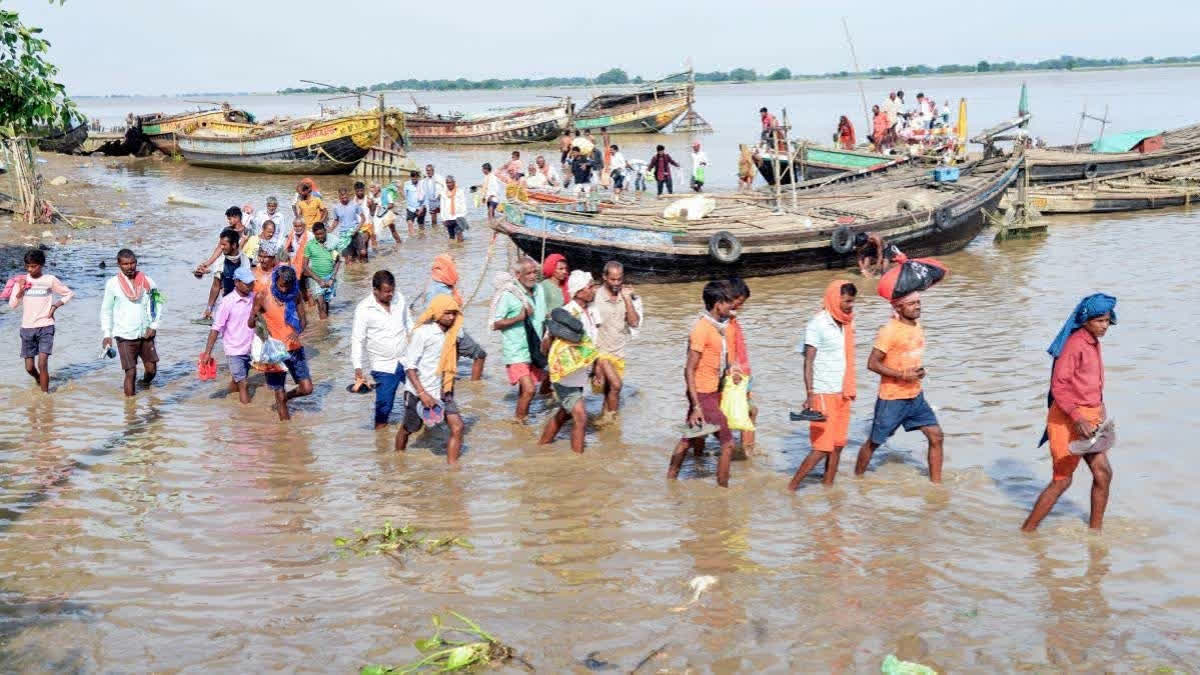New Delhi: Many states continue to face severe floods despite the government's efforts due to unpredictable extreme weather, with poor drainage and encroachments on natural waterways worsening the crisis, the Jal Shakti Ministry has told a parliamentary panel.
The ministry told the Standing Committee on Water Resources, chaired by BJP MP Rajiv Pratap Rudy, that these challenges make flood forecasting difficult despite advancements in prediction technologies.
The panel had asked the ministry why states such as Uttar Pradesh and Bihar still face severe floods despite adequate arrangements by the government.
The ministry told the committee that despite numerous efforts and initiatives to mitigate floods, several states continue to face severe flooding challenges due to unpredictable weather, more frequent and intense heavy rainfall, uneven rainfall distribution, landslides, snowmelt, cloudbursts and glacial lake outbursts.
"Inadequate urban drainage systems and the rampant encroachment on natural waterways exacerbate the situation, as floodplains originally designed to absorb excess water are compromised by unregulated construction activities," it said.
The ministry said that while flood control measures have helped reduce the severity of floods, their effectiveness is often weakened by these challenges.
"Sometimes, the fragmented approach of project authorities in planning along with lacuna in inter-state collaboration further impedes the effective implementation of comprehensive flood management strategies," it said.
The ministry said that since floods in Bihar and parts of Uttar Pradesh are generally caused by the rivers coming from Nepal, "long-term solution to the problem of flood lies in the construction of multi-purpose projects, with flood cushion in the upper reaches to achieve flood moderation".
It informed the panel that a tool has been developed to assess the hazard and vulnerability of dams, considering their condition, safety plans, documentation, environmental impact and at-risk populations.
The states have been asked to conduct this risk assessment for specified dams. Training programmes have been held to ensure effective use of the tool. For high-priority dams, advanced risk analysis, including semi-quantitative and quantitative assessments, will be conducted.
Also, a Dam Break Rapid Risk Assessment, in collaboration with the Centre for Development of Advanced Computing, is underway to evaluate the potential impact of dam failures on over 6,000 dams.



